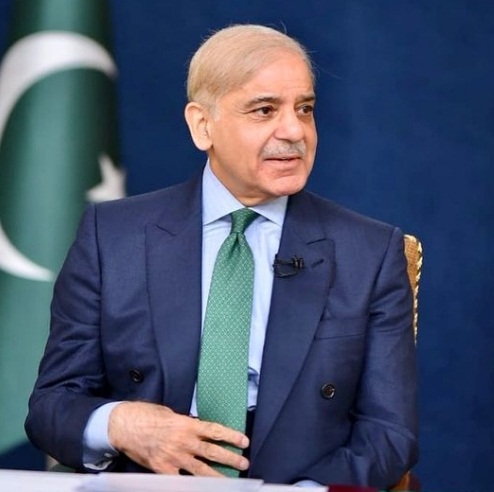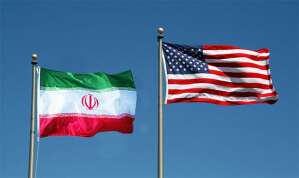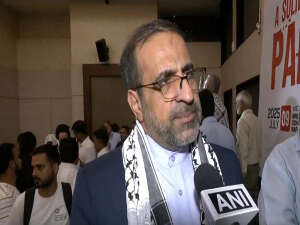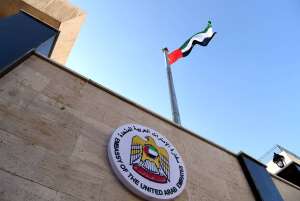The World Bank says economic distortions hold back the economic growth of Pakistan … writes Dr Sakariya Kareem. The World Bank report identified many distortions in Pak growth model, either introduced by policy decisions, or ignored by it. It stated that distortions in various taxes, subsidies, size dependent industrial policies, trade restrictions or gender norms are leading to resource allocation that are suboptimal and which is discouraging innovation and productivity in the country
Former Finance Minister Miftah Ismail while speaking at Habib University stated that Pakistan’s economy suffers from three fundamental problems, i.e. living beyond its own means, focusing on import substitution instead of export growth and granting ‘elite bargain’, under which essentially 99% of the population continues to work for the privileged ones.
He also lamented the rent-seeking attitude of businessmen calling them ‘intolerant as hell’ and ‘belligerently uneducated’ as the elite capture resources and not heeding for any reforms. The former Minister does not see an optimistic economic outlook, even in the longer term under the existing circumstances. He just articulated the same apprehensions as World Bank pointed out in a recent report.
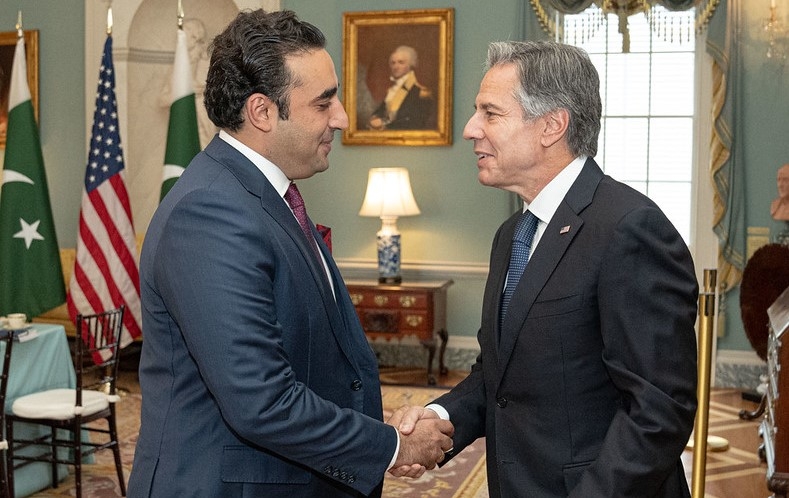
The World Bank’s Country Economic Memorandum on Pakistan titled, ‘From Swimming in Sand to High and Sustainable Growth’, has reiterated the precarious conditions due to such distortions that are holding back the Pak economy’s growth. Pakistan’s development partners also pointed out at these fundamental rigidities as responsible for the poor prospects of the Pak economy in near future.
The World Bank report stated that despite brief periods of relatively fast growth of per capita GDP, growth has been low over the past two decades. The growth of the country has been interrupted in the past and even today by the accumulation of external vulnerabilities that tend to result in a balance of payments crises. It attributed these phenomena to Islamabad’s model of growth which is driven primarily by consumption and government expenditure rather than by investment and exports. Structural changes in the growth model that give thrust on investment is the core challenge facing Islamabad for taking the economy on a sustained growth trajectory.
The report identified many distortions in the Pak growth model, either introduced by policy decisions or ignored by it. It stated that distortions in various taxes, subsidies, size-dependent industrial policies, trade restrictions or gender norms are leading to resource allocation that is suboptimal and which is discouraging innovation and productivity in the country.
The country has become less productive over time. Aggregate productivity in Pakistan has been stagnant or declining during the past decade. The COVID-19 pandemic exacerbated the decline in productivity with a contraction of 23% in 2020. Policies are hurting the innovative spirit of exporting firms. If firms want to innovate, they miss out on export subsidies. Because export subsidy schemes target mostly well-established, unsophisticated export products and can provide up to a 30 – 35% boost in profits, neglecting innovative manufacturers. It is hurting trade diversification also.

Part of the decline in productivity is associated with low investment rates, particularly in tradable and productive sectors, leading to limited growth of firms. Private investment rates in Pakistan declined to 11.1% in the 2010s from an average of 14% of GDP in the 2000s. Foreign Direct Investment (FDI) has remained below 1% of GDP over the past decade as the Pak economy has performed poorly in areas that could make it a lucrative investment destination including poor infrastructure, power supply and security and law & order.
Firms struggle to grow large as they grow old, a peculiar situation in Pakistan. It is partly related to the fact that Pakistan relies extensively on size-dependent policies, which create incentives for firms to stay small, de jure or de facto, and also because government’s borrowing norms for the banking sector and therefore, limiting their growth. Part of the borrowing is used to support firms that may be unviable without state support.
Pakistani firms are smaller in size than in most comparator countries, and struggle to grow. An average Pakistani merchandise exporter ships USD1.4 million worth of merchandise a year, while the average Bangladeshi merchandise exporter ships USD 3.8 million. For knowledge-intensive services, Pakistani exporter is about 2/3rd the size of the typical merchandise exporter.
Industrial sickness is a continuous phenomenon in the country. Pakistan exhibits a relatively large share of firms known as ‘zombies’, i.e., firms that are loss-making for at least three consecutive years. In 2016, Pakistan had the highest share of zombie firms among comparator countries. State-owned enterprises (SoEs) and family-owned domestic firms are more likely to be zombie firms.
Higher taxes tend to make it more profitable for firms and business class to invest in real estate rather than in manufacturing or tradable services. Within tradables, high import duties make it more profitable for firms to sell domestically rather than export. The high profitability of Pak firms is not associated with high productivity but instead with high protection. Because of this, firms in sectors protected from import competition realize higher financial returns than those operating in low-protection environments.
Impact evaluation of one of the most important export promotion policies like ‘duty drawback of taxes’ – an export enhancement or subsidy scheme – shows a small positive impact overall in spite of bleeding heavily on the exchequer and a high cost-benefit ratio. The scheme induced the reallocation of exports toward products that were eligible for high-subsidy rates but happened to be well-established and low-sophistication products. Thus, it exacerbated the limited diversification of export bundles over the past two decades.

On the import side, high import duties, particularly on intermediates have negatively affected firms’ productivity. While much of the world embraced the global value chain (GVC) ‘revolution’, Pakistan increased its trade costs instead.
The agriculture sector of Pakistan is also marked by several distortions. Though yields have grown over the past decades in agriculture, it has been due to more intensive use of inputs. The report noted that total factor productivity has been falling for most crops. It opined that subsidies and support prices for specific crops coupled with additional subsidies on key inputs like water, induce farmers to allocate land to sugarcane rather than diversifying into other high-value crops that would fetch better prices internationally, or that embed less water.
Fast and sustained growth requires tapping into all of Pakistan’s talent and allocating it to its best use. However, Pakistan displays far lower female labour force participation (FLFP) rates than expected for a country at its level of development. In 2019, there were only two countries in the lower-to-middle per capita GDP range and nine overall with lower FLFP rates than Pakistan.
The share of females in total manufacturing employment is just 4% in Pakistan. In addition, for those women who do participate in paid employment, constraints limit their employment options. Altogether, this leads to a misallocation of talent, another distortion.
The report is optimistic that Pakistan can accrue GDP gains ranging between 5 and 23% just by closing the female employment gap and bringing labour reforms.
The report states that Pakistan’s untapped FDI potential is estimated at around USD 2.8 billion per year. Tapping that potential would lead to more than doubling the current inflow levels of investments. However, attracting export-oriented, or efficiency-enhancing FDI will require active policies to reduce trade costs, streamline the regulatory environment, and reduce policy uncertainty.
The report has expressed hope that if Islamabad addresses all economic distortions, it has immense potential to develop. Miftah Ismail is right while acknowledging the outsized role of the military in Pak politics. The economic managers should be given free hand, but they should also focus on the optimization of resource use and removal of distortions in the economy prohibiting growth. However, the win of the PTI in recent by-elections adds to political uncertainty and stability of the Pak economy.

